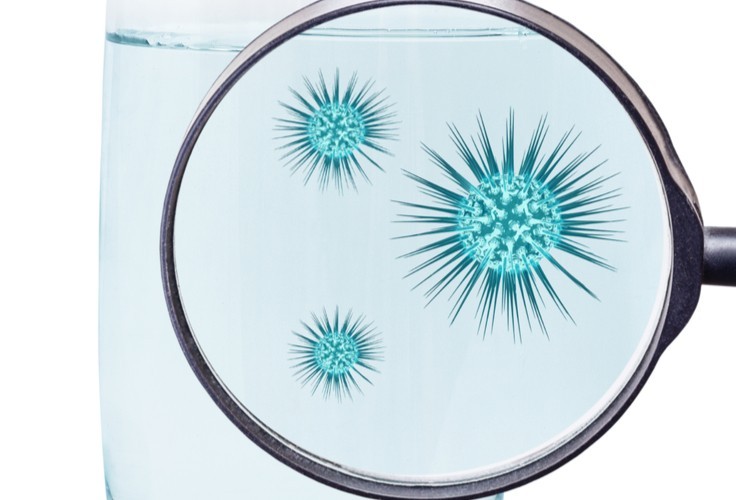
Environmental testing in controlled spaces is the most effective way to detect the presence of micro-organisms, which can present significant health and safety risks, especially in cases of infectious diseases, to anyone with whom they come into contact. Testing is typically carried out through surface sampling or airborne sampling, and in many cases, testing is done with both types of sampling.
With surface sampling methods, microbiology testing can detect:
- Potential root sources of contamination
- Survival rates of contaminants on surfaces in different environments
- Contaminant reservoirs that may require further decontamination
How to Carry Out Each Type of Sampling
When testing for surface viable samples, it is critical to consider the environment in which the collecting is being done, the types of surfaces that are being tested, and the method of collection.
Surface collection methods common in environmental monitoring include:
- RODAC (Replicate Organism Direct Agar Contact), used for flat, uniform surfaces
- Swab, used for uneven surfaces. Primarily a troubleshooting aid and not suggested for routine sampling due to additional manipulations required from the lab.
It is also important to consider microbial growth versus non-growth scenarios, since non-growth does not necessarily mean that a surface is not contaminated. While microbial growth will always be a signifier of contamination, non-growth samples may also have active contaminants that would require further testing to identify..
Air sampling methods, on the other hand, include:
- Direct impaction, drawing air at high velocity at a petri dish (settling plate) causing particle capable of microbial growth to slam into agar.
- Liquid impingement, just like direct impaction but with liquid media.
- Membrane filtration, pulling air through a material that is then dissolved on agar for incubation
- Centrifugal impaction, employing a rotary sampling head with agar placed around the inner side of the outer wall and utilizing the spinning motion to pull microbial particles to the agar.
Regardless of which method is in use, it is critical to remain consistent and compliant; to help ensure accurate, repeatable results; and protect the health and safety of workers as well as the quality of the facility’s work.
Technical Safety Services offers expertise in numerous lab services — including testing, monitoring, sampling plan consultation, trending, calibration, documentation and validation. Our certified procedures, professionals and services offer you the peace of mind that these critical processes are being executed properly. To learn more, contact us today.

